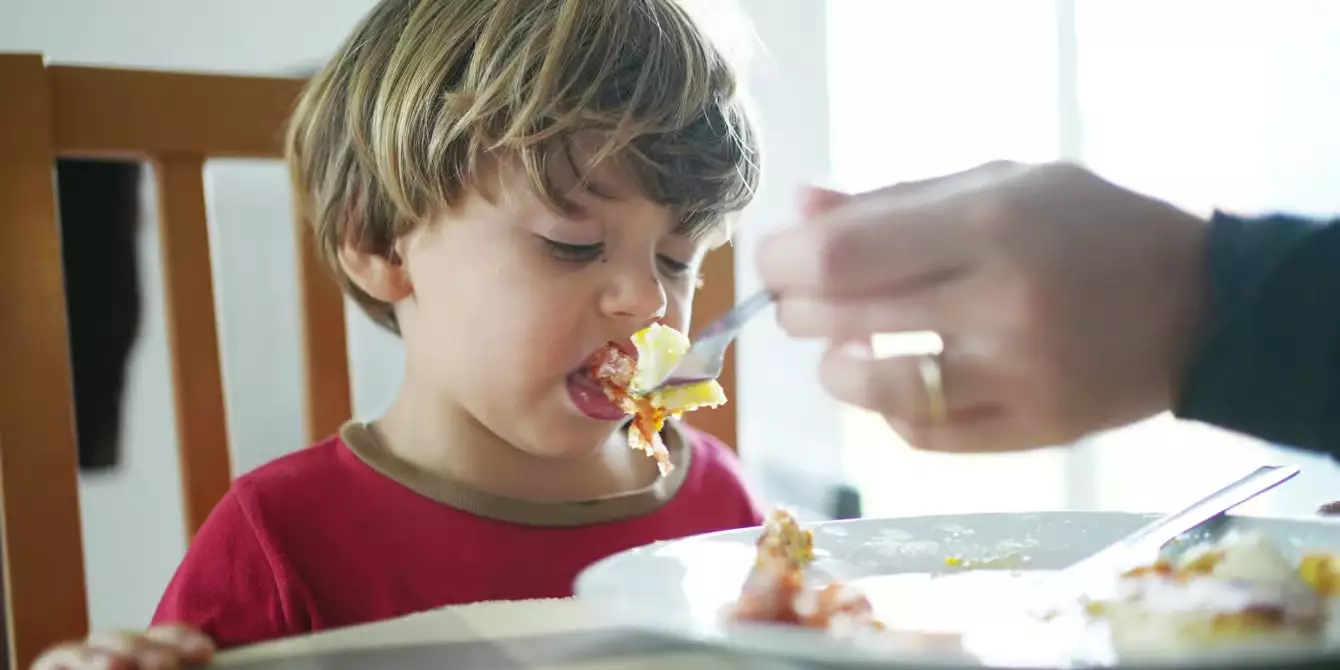As a new parent, I often found myself engulfed in a whirlwind of advice, tips, and tried-and-true parenting mantras, some of which left me grappling with frustration rather than joy. One phrase that particularly struck a nerve was, “When a child gets hungry enough, they’ll eat.” This mantra has been passed down through generations, yet when it came to my first child, Jack, it felt more like an unattainable ideal than a reliable strategy. Jack, my son, had other ideas about hunger and sustenance. He seemed impervious to the pangs of hunger, causing me to question everything I thought I knew about feeding a child.
Tracking the Growth Struggle
When Jack entered this world, he was a healthy little bundle, scoring solidly in the middle of the growth charts. However, it wasn’t long before his trajectory began to shift dramatically. As the months went by, my pride in his initial growth took a nosedive, spiraling into concern when his weight percentile dropped significantly. The realization that my son was not thriving in the way society deemed normal ignited feelings of anxiety and inadequacy within me. I was determined to help him eat well, but with each failed attempt, I found myself increasingly burdened by the weight of my own expectations.
In my quest for answers, I scrutinized countless articles, seeking therapy from experts on how to manage the challenge of a picky eater. I was bombarded with suggestions—create a routine, introduce various food options, and eliminate distractions. However, these tips were more like Band-Aids on a wound that required deeper healing. In reality, I was fostering an atmosphere of stress in our home, where mealtime became a battlefield of power dynamics rather than a space for nourishment and joy.
A Transformative Dinnertime Drama
The breaking point arrived during a seemingly mundane dinner. I had orchestrated a meal I was certain Jack would relish, knowing full well he had not eaten since lunch. Yet, despite my sincere hopes, the scene that unfolded was frustratingly predictable. Jack treated the table like his personal playground, defying me at every turn, resisting even the slightest nudge to try a bite of his meal. In an impulsive moment, I dangled the bait of his favorite dessert tantalizingly close, declaring that a single bite of his meal was the only hurdle to that golden prize.
As I attempted to appear nonchalant while enjoying my dinner, Jack was engrossed in his own game—a standoff with food. The riddle of Jack’s food aversion began to unravel in front of my eyes. He was amused while I was drained, and suddenly the barriers I had built around expectations became glaringly evident. It struck me that perhaps I had been too entrenched in how things should function—a view that fueled my anxiety more than it facilitated nourishment.
Rethinking Parental Control
I undertook a drastic reevaluation of my approach to food and mealtimes. It became critical to reassess what I believed were essential components of dining. Rigid ideas such as “family dinners” and “required food trials” were suddenly up for debate. The goal, after all, was to nourish my child—to see him healthy and content, not to enforce strict rules built on societal norms. I recognized that the battle for control over what Jack ate was not a war worth fighting; it was stifling both his joy and mine.
In a moment of liberation, I decided to reshape our feeding experiences. Family dinners were swiftly replaced by relaxed and often joyfully chaotic snack times while watching his favorite shows. I learned to adapt; spoon-feeding him while he watched cartoons transformed mealtime from a standoff into a cooperative nourish-fest. This adjustment wasn’t merely pragmatic; it was a seismic shift in how we interacted with food, one that adhered to the understanding that nourishment can occur in myriad ways.
Turning Reluctance into Curiosity
As the weeks passed, I noticed a change. Jack began approaching food with renewed curiosity. Moments of laughter and playfulness emerged as his palate widened. It became apparent that instead of treating mealtimes as a chore, a lighthearted approach could spark interest. Children, it seems, have a natural affinity for play, and when I cautiously began blending fun into dining, Jack responded eagerly.
Our adventures transformed into games rather than power struggles. I led with creativity, often turning our encounters into narratives—Jack even pretended to be a puppy eating from my hand, and through playfulness, we found a harmonious bridge between reluctance and appetite. Now, dinner was not merely a necessity; it became a cherished moment of connection where memories were forged through laughter, exploration, and mutual discovery.
When we invite flexibility into our parenting, the release of rigid behaviors can foster an environment of growth, both in eating habits and emotional connection. From my journey with Jack, I learned that the road to nurturing adventurous eaters is significantly less daunting when we allow the contours of mealtime to bend with the dynamics of our children’s moods and creativity. By letting go of what “should be,” we encourage our children to embrace what can be—an adventure on every plate.

